Imagine hiking through the mountains, caught in a sudden downpour. Your jacket claims to be waterproof, but you’re drenched inside and out within minutes. Why? Because waterproof alone isn’t enough—you need breathability too. This is where waterproof breathable fabrics (WBFs) come in.
Table Of Contents
What Are Waterproof Breathable Fabrics?
Definition and Purpose
Waterproof breathable fabrics (WBFs) are materials designed to prevent liquid water from penetrating but allow moisture vapor (sweat) to escape. It ensures the wearer stays dry from both external elements and internal perspiration.
Key Features of Waterproof Breathable Fabrics
https://texsuppliers.com/waterproof-breathable-fabric-functionshttps://texsuppliers.com/waterproof-breathable-fabric-functions, they are follow:
- Waterproofing: Prevents rain, snow, and water from passing through.
- Breathability: Allows sweat and body heat to escape.
- Windproofing: Often integrated to block cold air from seeping in.
- Durability: Designed to withstand extreme weather conditions.
How Do Waterproof Breathable Fabrics Work?
1. Membrane Technology
The key to waterproof breathability lies in a microporous or hydrophilic membrane. This layer contains billions of microscopic pores. The pores are small enough to block water droplets but large enough to let moisture vapor escape.
Common membrane types include:
- ePTFE (Expanded Polytetrafluoroethylene) – Used in Gore-Tex. Featured 9 billion pores per square inch.
- PU (Polyurethane) Coating – A non-porous, hydrophilic layer that absorbs and moves moisture outward.
- Hybrid Membranes – Combining microporous and hydrophilic layers for enhanced performance.
2. Lamination vs Coating
There are two primary ways manufacturers apply waterproof breathable layers:
- Laminated Fabrics – The membrane is bonded between fabric layers. It provides superior durability and breathability.
- Coated Fabrics – A waterproof coating is applied to the fabric surface, usually less breathable but more affordable.
3. Durable Water Repellent (DWR) Finish
Most waterproof breathable fabrics feature a DWR treatment on the outer layer. This causes water to bead up and roll off instead of soaking in. However, DWR wears off over time and needs reapplication.
Waterproofness and Breathability
Waterproof Ratings (mmHâ‚‚O)
Waterproofness is measured in millimeters of water column (mmHâ‚‚O). The higher the rating, the better the resistance.
|
Waterproof Rating |
Protection Level |
Common Uses |
|
0-5,000 mm |
Light rain, minimal moisture |
Windbreakers, casual jackets |
|
5,000-10,000 mm |
Moderate rain, snow |
Hiking gear, ski jackets |
|
10,000-20,000 mm |
Heavy rain, wet snow |
Mountaineering, expedition |
|
20,000+ mm |
Extreme weather conditions |
Professional outdoor gear |
Breathability Ratings (g/m²/24h)
Breathability is measured in grams of moisture vapor per square meter per 24 hours (g/m²/24h).
It is also known as MVP (Moisture Vapor Permeability). MVP is a key factor in determining a fabric's breathability. It is measured in g/m²/24h, indicating how much moisture vapor can pass through a square meter of fabric in 24 hours. Different fabrics have different MVP ranges based on their Disdvantagestruction, finish, and intended use.
|
Fabric Type |
MVP Range (g/m²/24h) |
Common Applications |
|
Waterproof Breathable Fabrics (e.g., Softshell, Gore-Tex, eVent, PU Laminated) |
3,000 - 20,000+ |
Outdoor gear, sportswear, rainwear |
|
Polyester Microfiber (e.g., 100% Polyester Pongee, Taffeta) |
500 - 5,000 |
Linings, windbreakers, casual jackets |
|
Nylon Ripstop & Taslan (e.g., 100% Nylon 228T Taslan) |
1,000 - 8,000 |
Hiking jackets, military uniforms, backpacks |
|
Mechanical Stretch Fabrics (e.g., 98% Polyester 2% Spandex Dobby) |
1,500 - 6,000 |
Activewear, sportswear, casual outerwear |
|
Softshell & Fleece (e.g., Berber Fleece, Sherpa, Microfleece) |
2,000 - 10,000 |
Cold-weather gear, mid-layers, hoodies |
|
PU-Coated & PVC-Coated Fabrics (e.g., Polyester Oxford, PVC-Coated Taffeta) |
500 - 3,000 |
Tents, tarpaulins, workwear |
|
Membrane-Based Technical Fabrics (e.g., ePTFE, PU Membrane) |
10,000 - 30,000+ |
High-performance outerwear for extreme conditions |



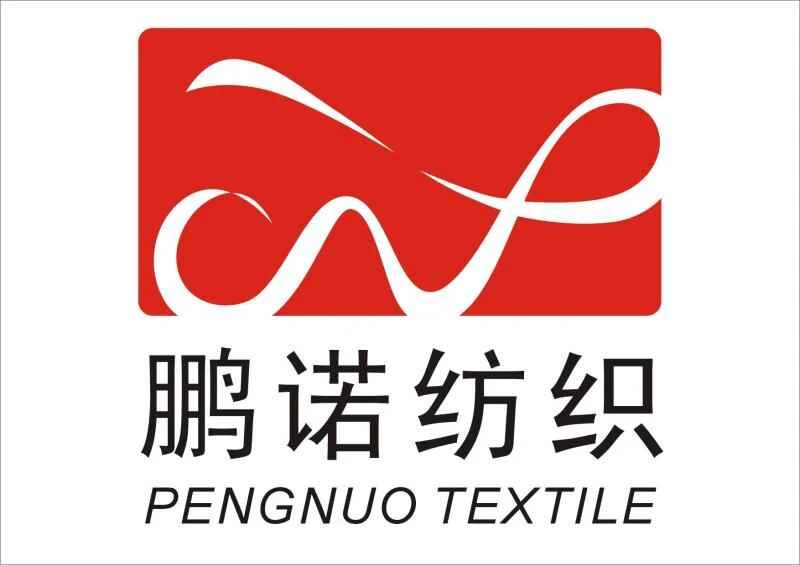

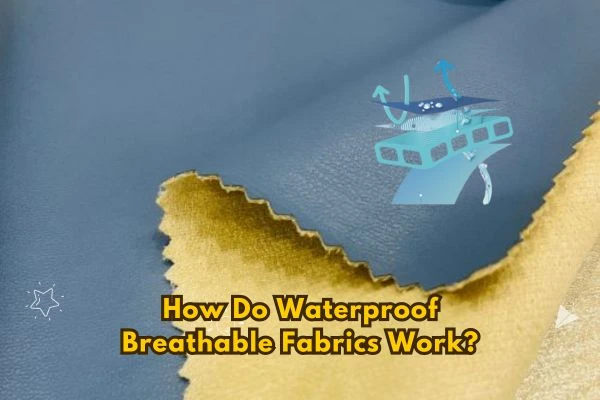
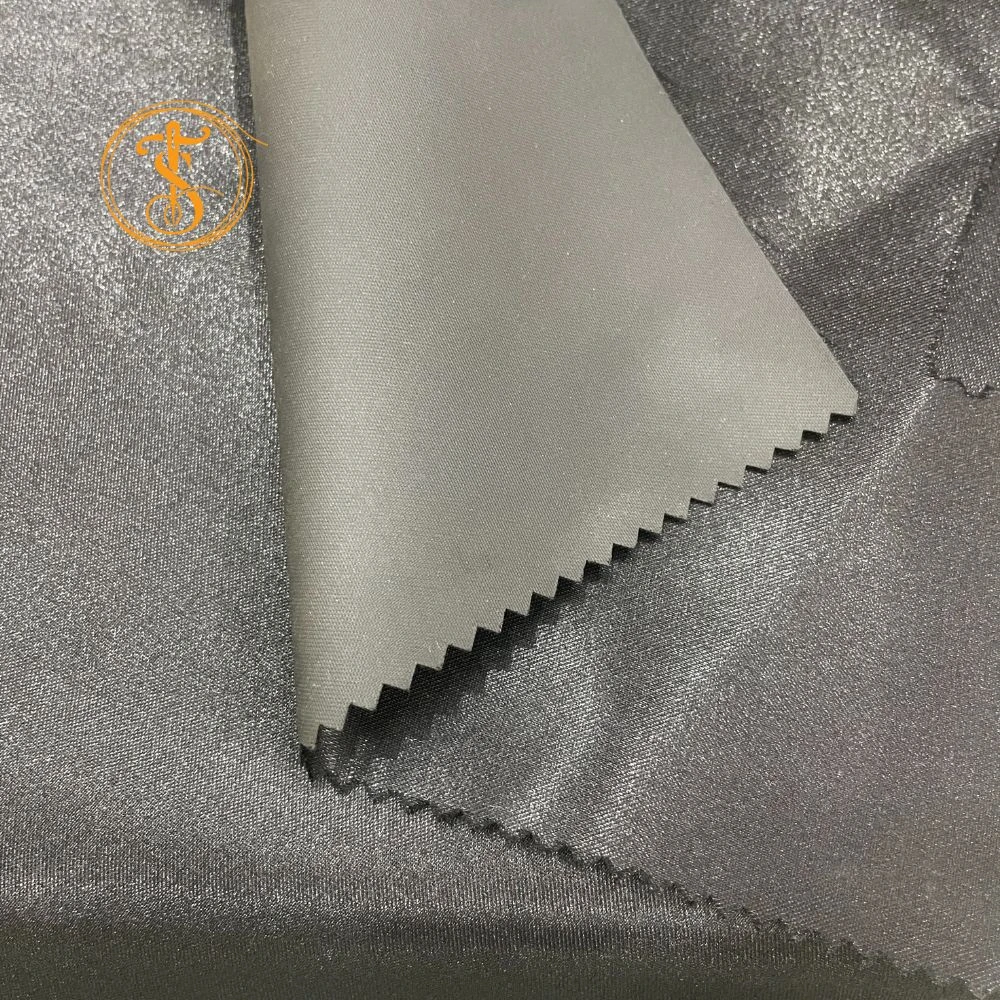
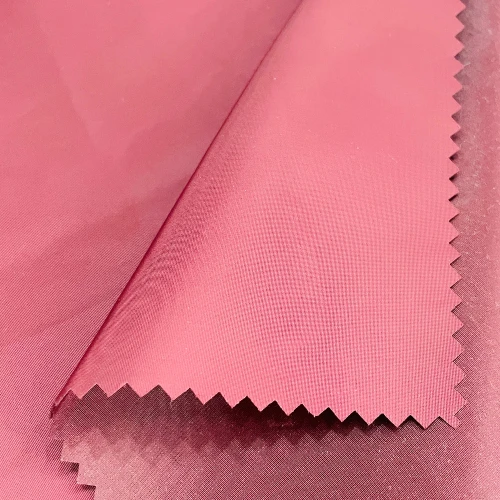
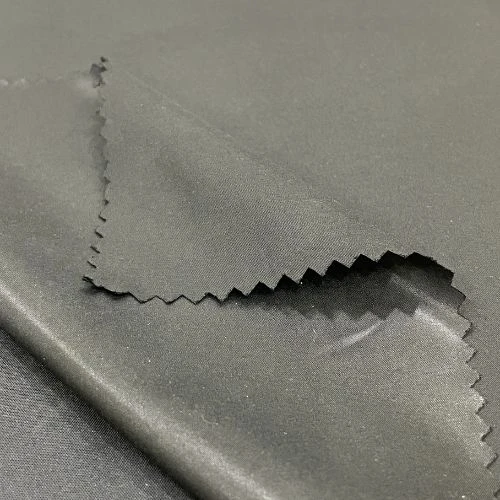
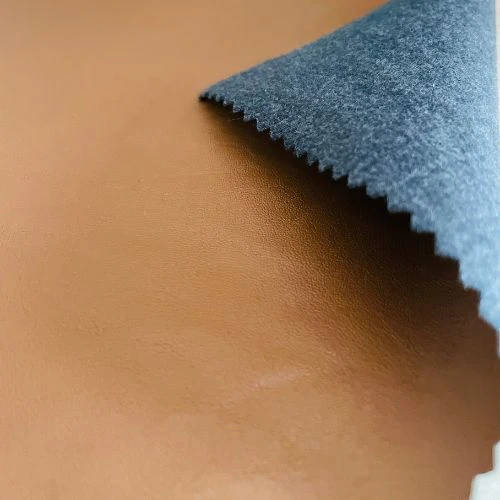
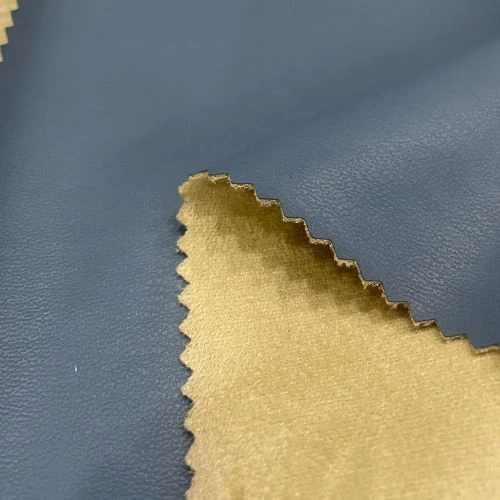

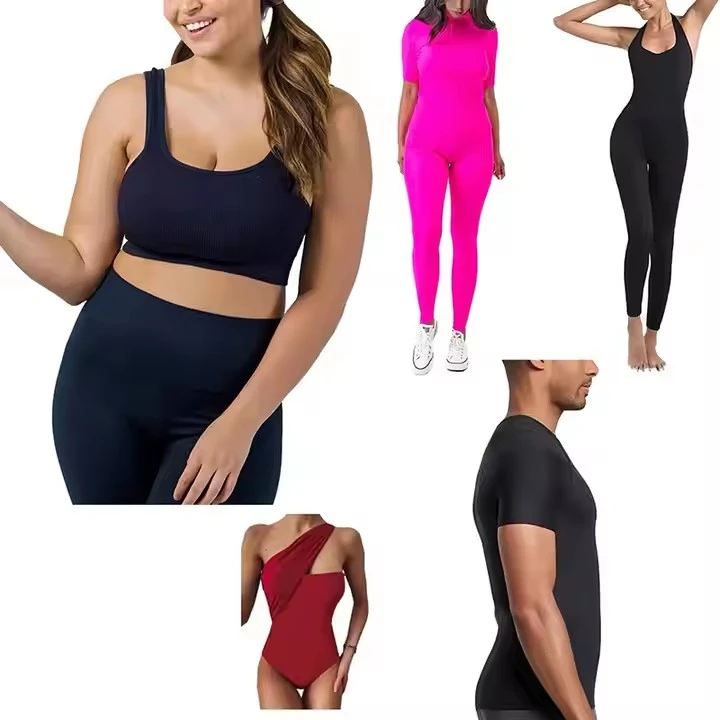
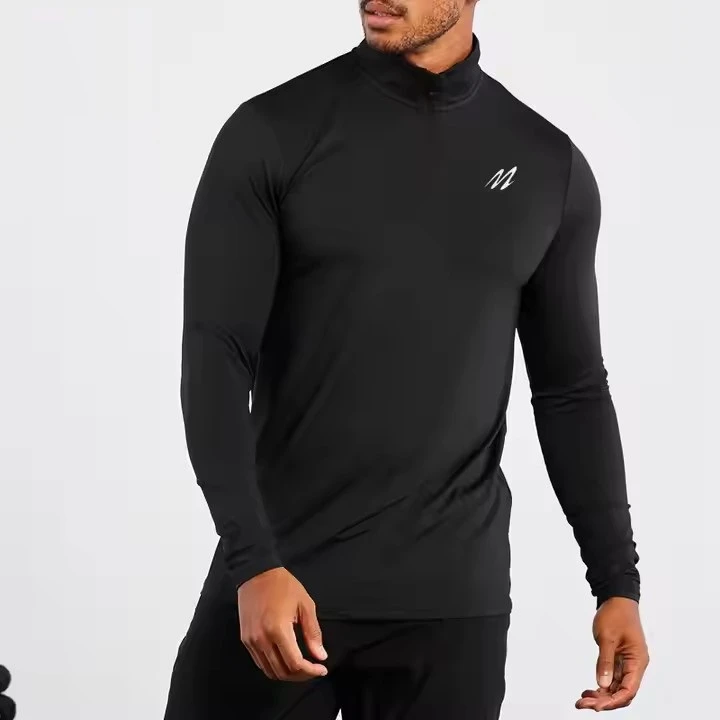

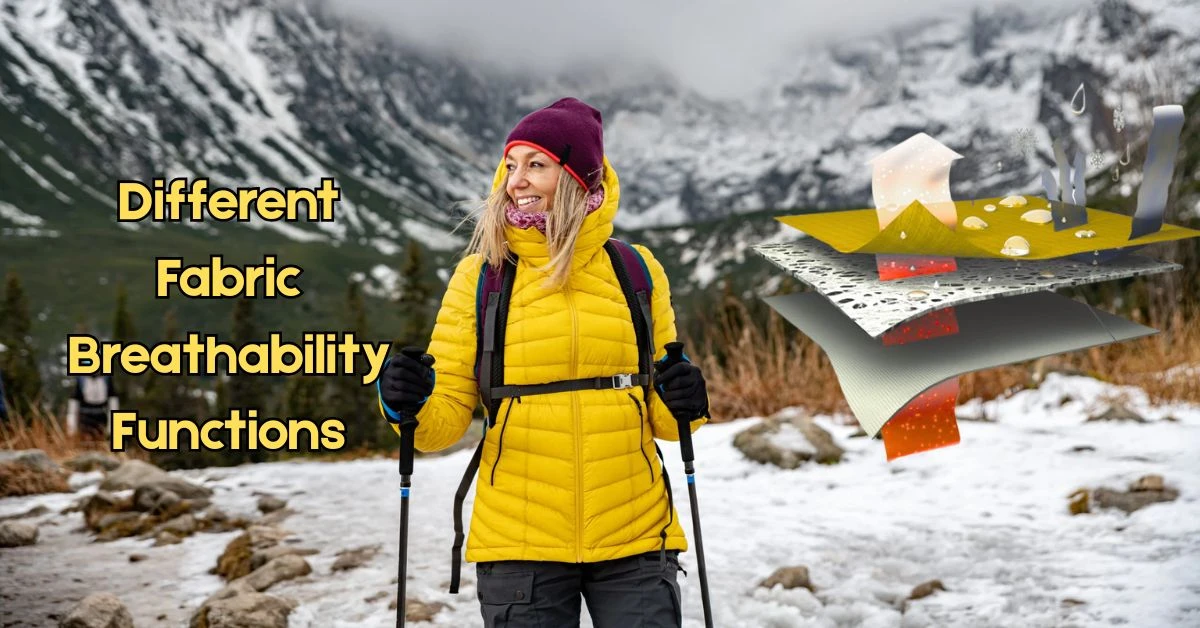
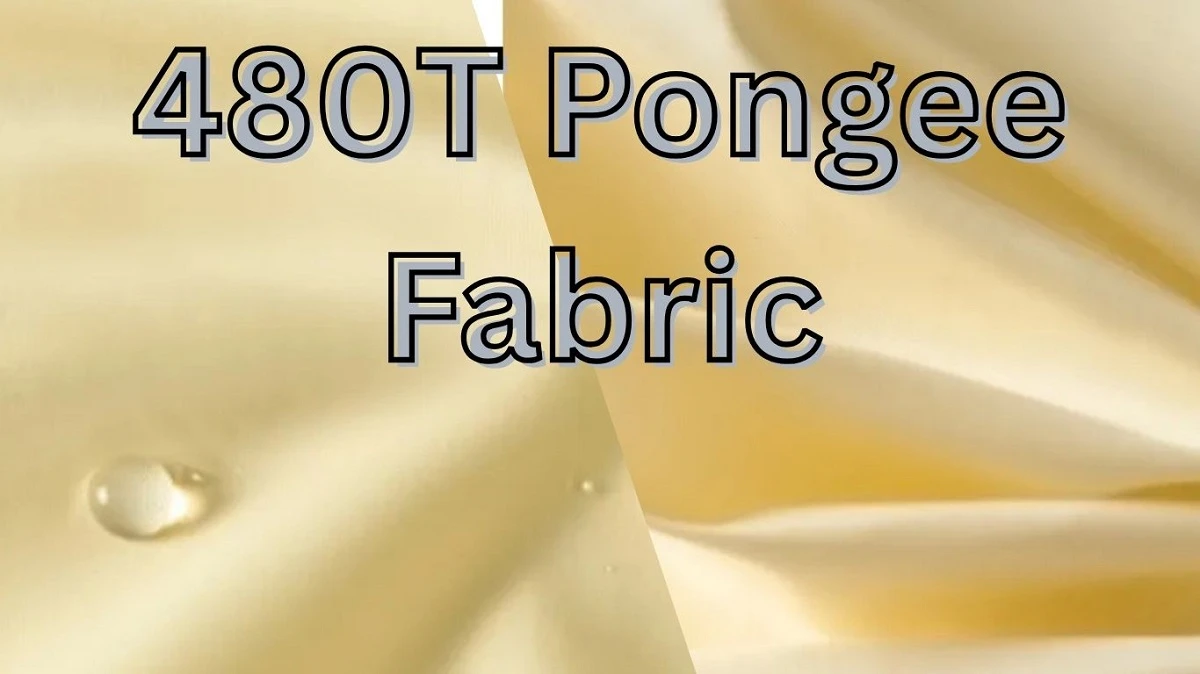
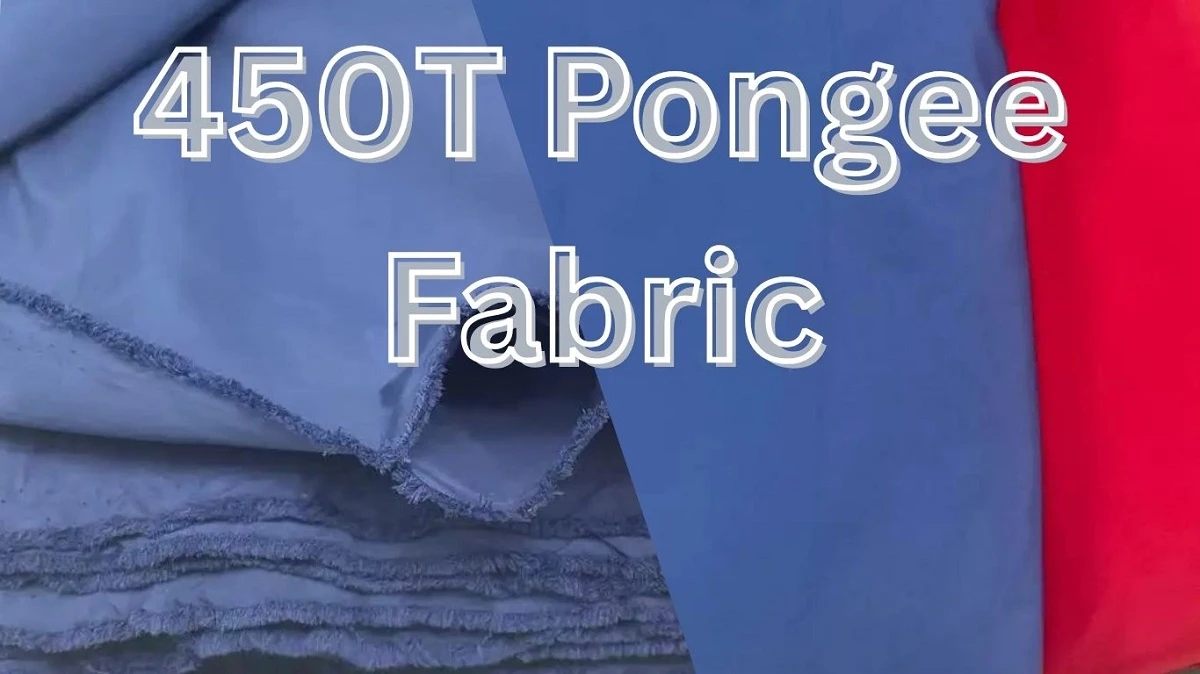
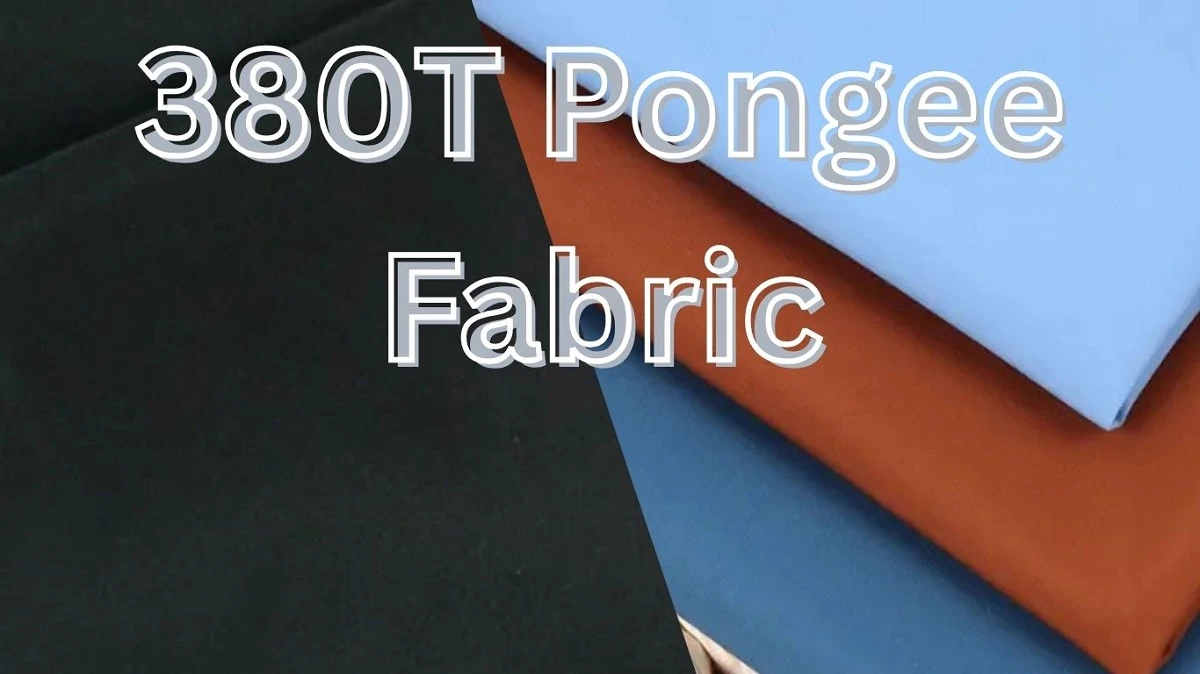
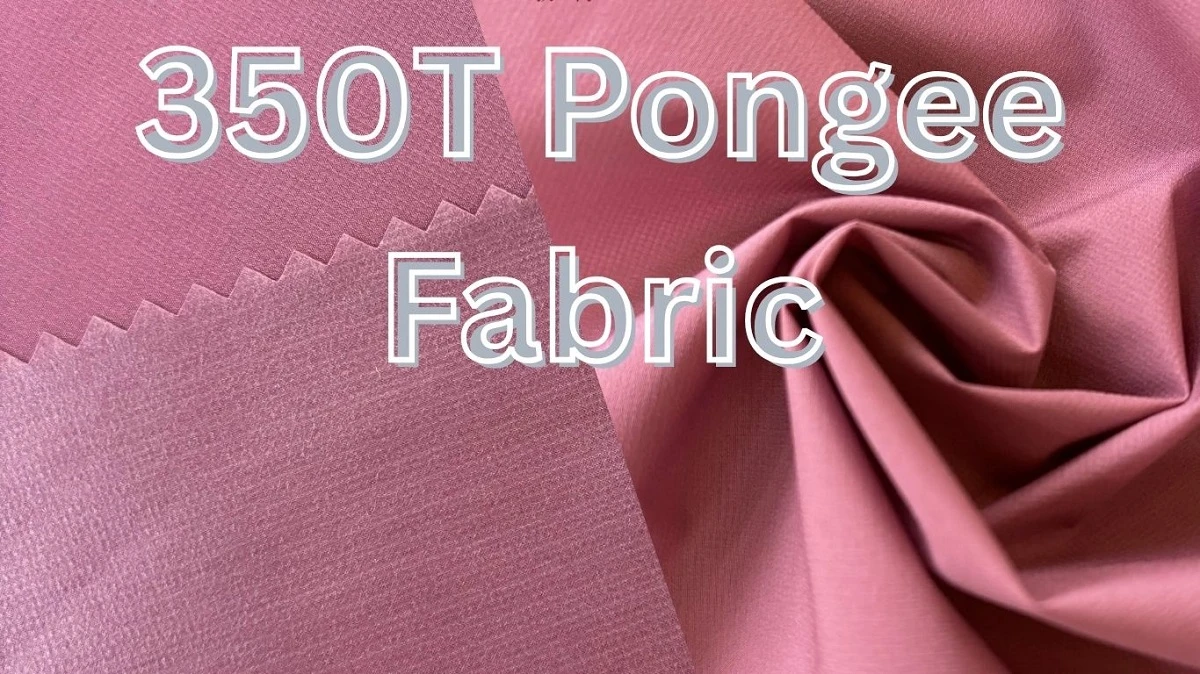
Comments - 00
Leave A Reply
Thanks for choosing to leave a comment.